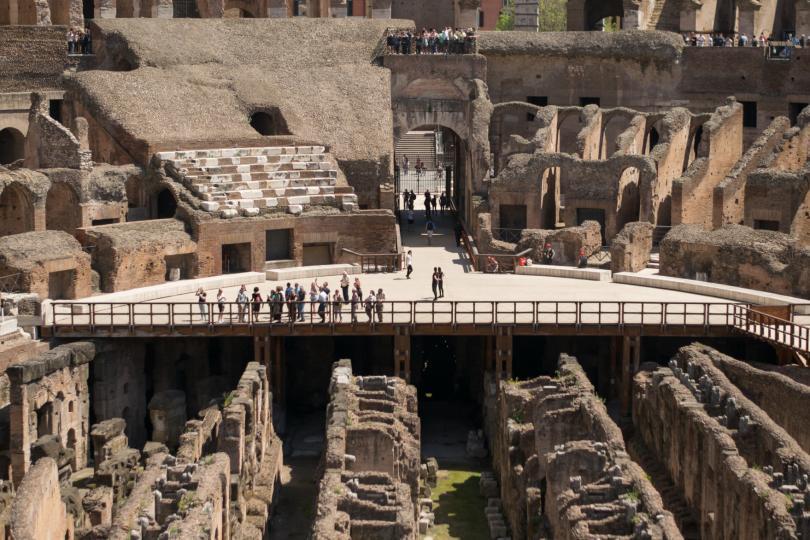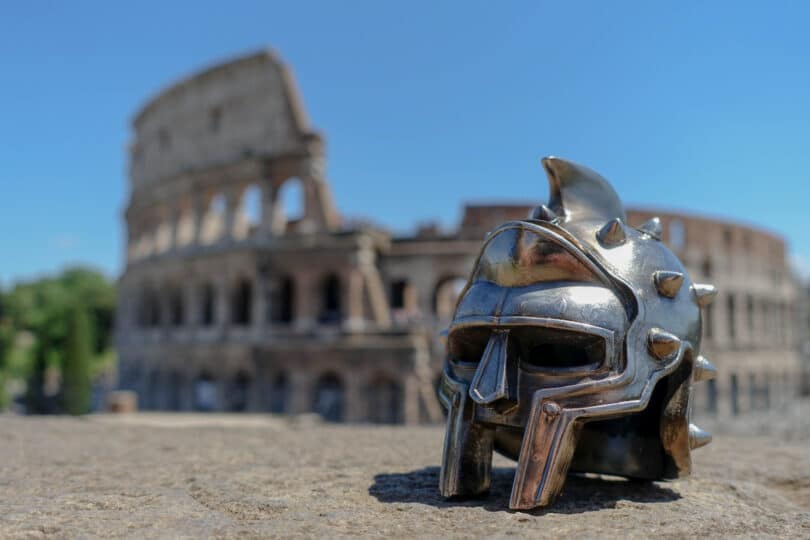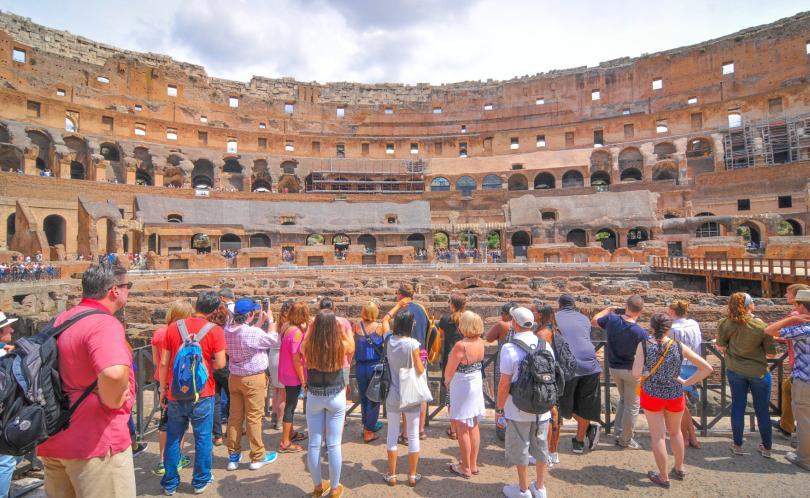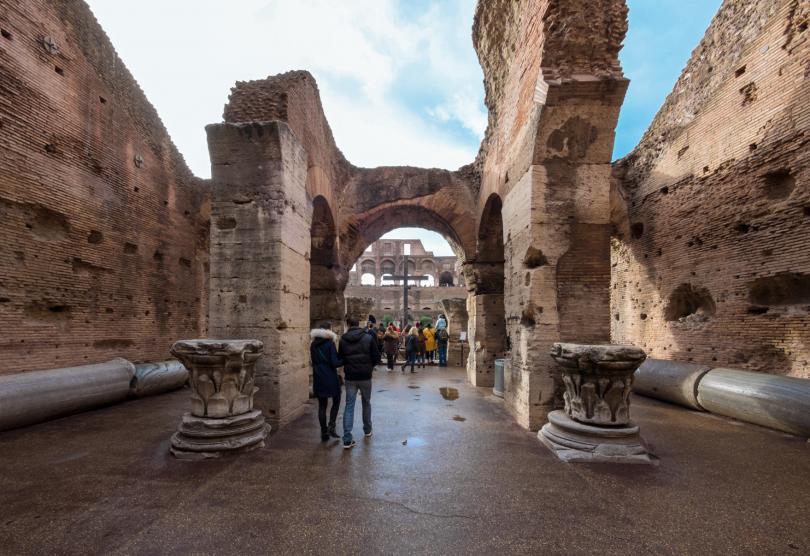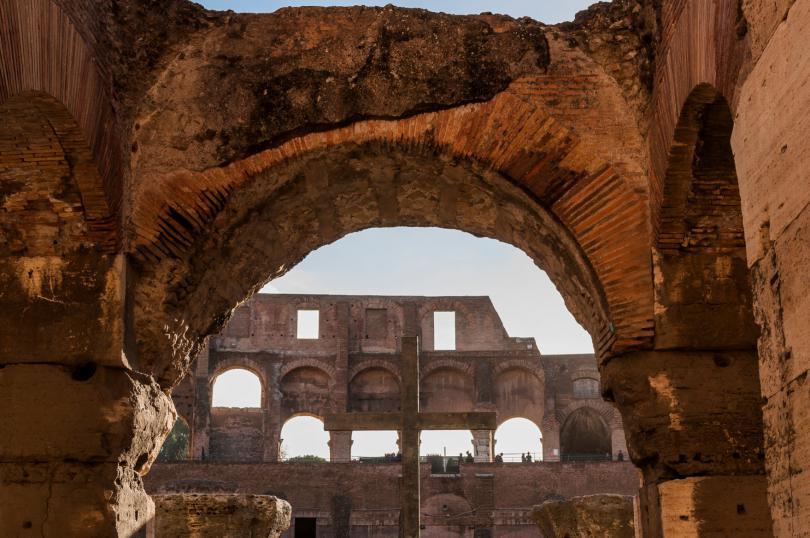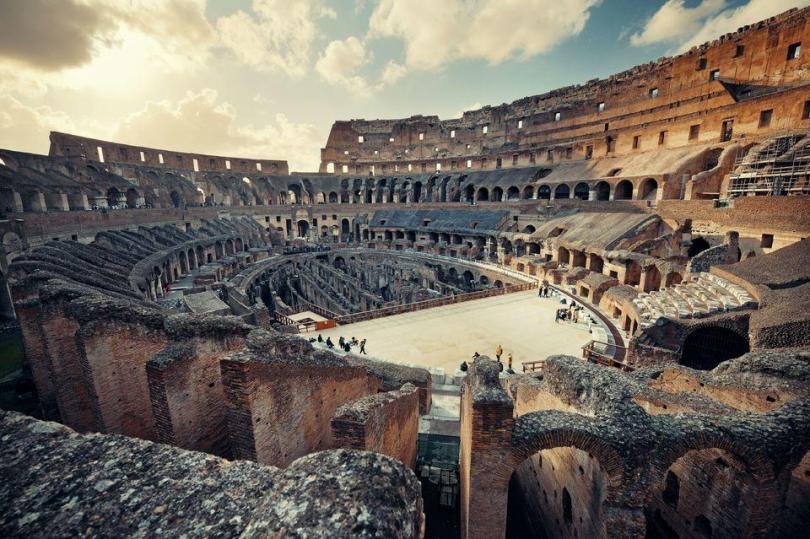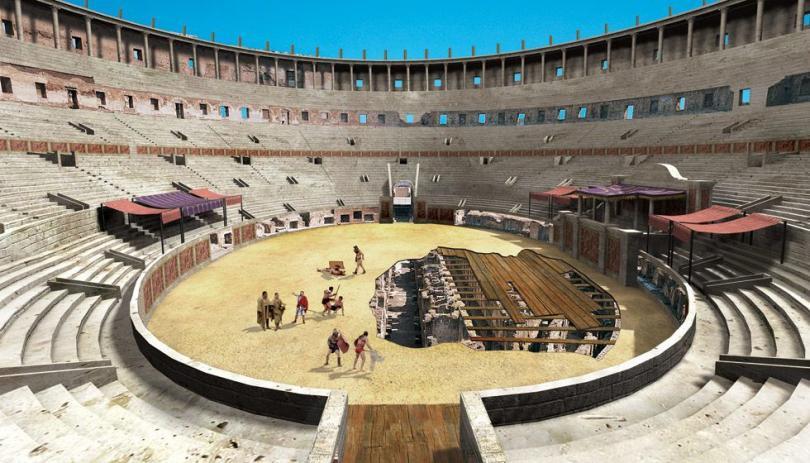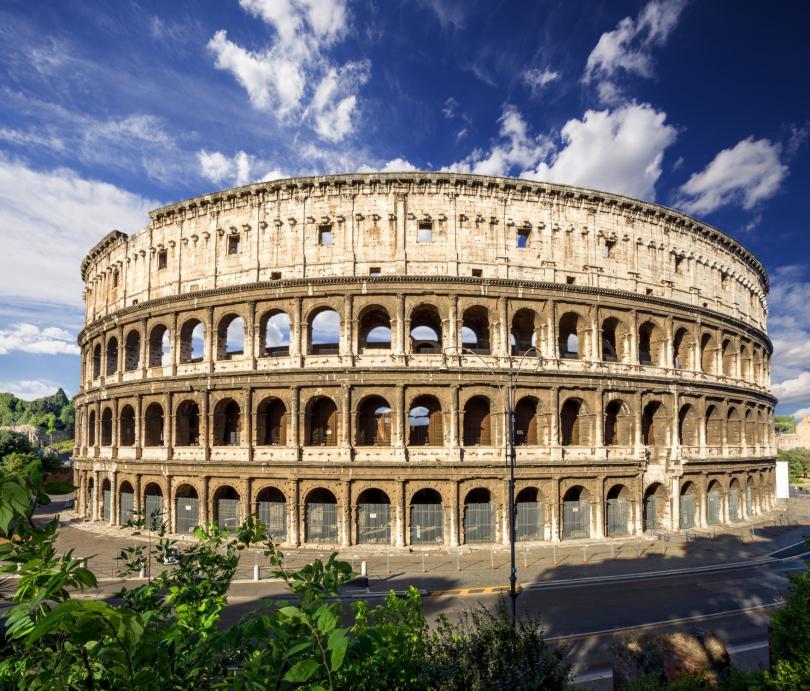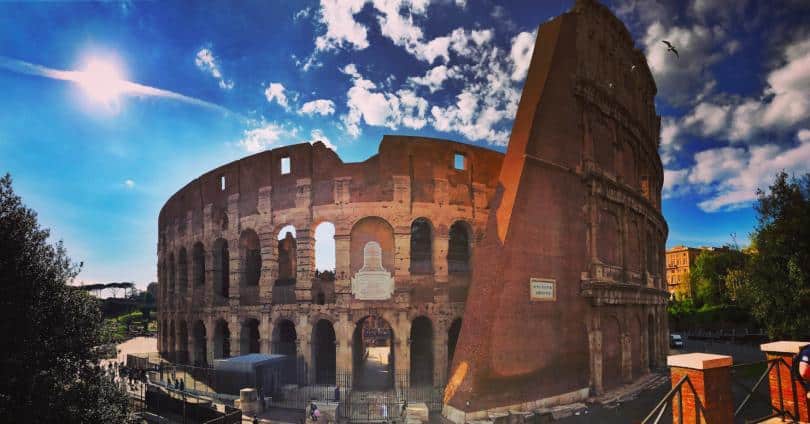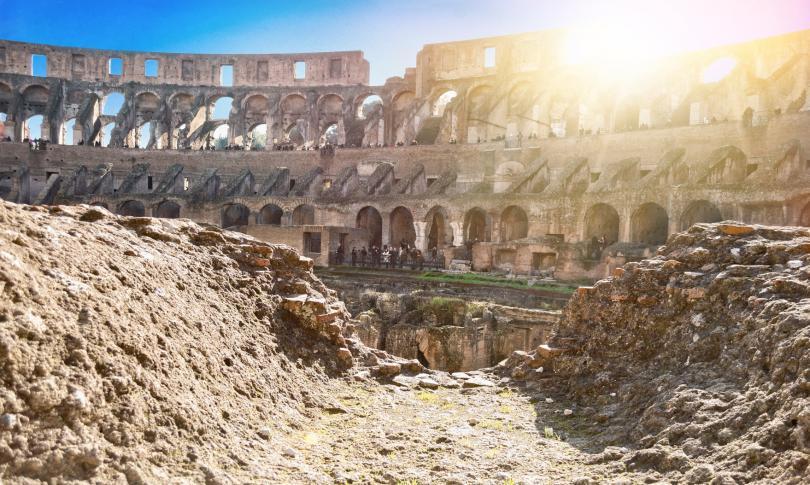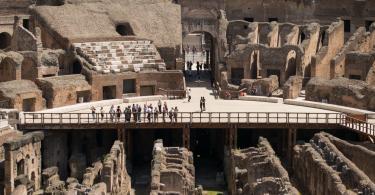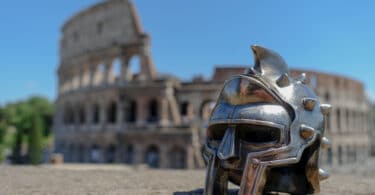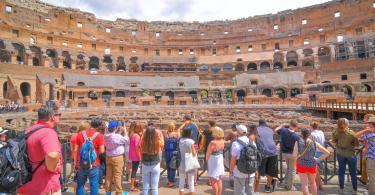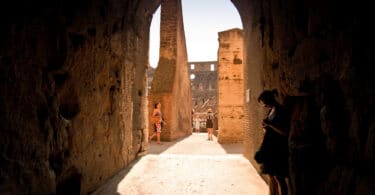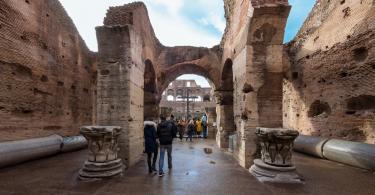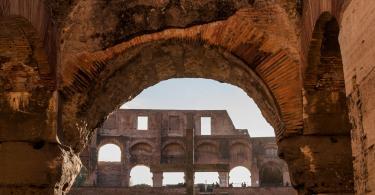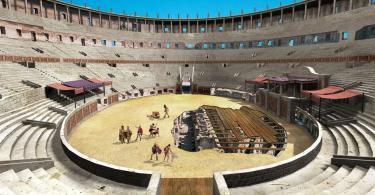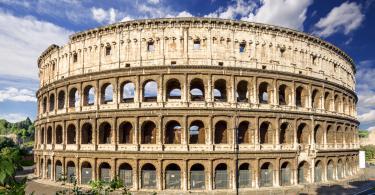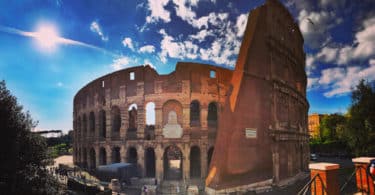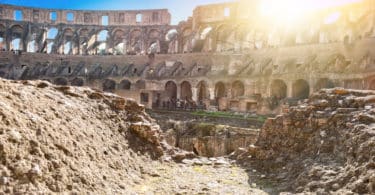3.142 Reviews
from €32.00 EUR
Duration: 3-4 Hours
Seller: Tiqets
Embark on a fascinating journey through the heart of ancient Rome, as we explore the iconic Colosseum, Roman Forum, and Palatine Hill. These remarkable archaeological sites hold the key to understanding the rich history and culture of the Roman Empire, offering unparalleled insights into the lives of its citizens and the grandeur of its architectural achievements.
The Colosseum: A Testament to Rome’s Architectural Prowess
Built in the middle of the broad valley between the Palatine, the Esquiline and the Caelian hills, the largest of the monuments of ancient Rome became quickly and inevitably the “Colossus” and was therefore known as the Colosseum.
The building was undertaken by the emperor Vespasian, of the Flavian family, between A.D. 70 and 75. and was inaugurated by his son Titus in A.D. 80 with a series of shows that lasted for 100 days. It stood on the site where Nero had excavated a lake in the garden of his Golden House. The undertaking aroused tremendous enthusiasm among the citizens, who regarded the construction of its “45- 50.000” seats as the restitution of public ground which had been usurped for private purposes by the tyrant Nero.
There were numerous entrances, broad corridors, stairways, carefully planned passages of access and six tiers of seats so that spectators could go to the shows in comfort. The shows consisted essentially of gladiatorial combats and wild beast nunts. An elaborate complex of passages and rooms underneath the arena provided storerooms for stage properties and cages for the animals which could be brought up to the arena, and produced at the appropriate moment by an ingenious device of trapdoors and pulleys.
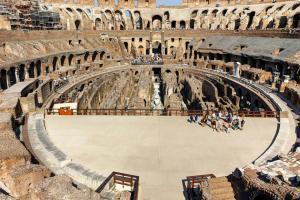
Skip the Line Colosseum with Arena Floor +Professional Guided Tour
An enormous awning drawn by ropes that were tied to beams fixed in the upper external cornice of the amphitheatre and were manoeuvred by a special service corps of sailors, provided shade for the spectators; and scents were sprayed into the auditorium to mask the smell of blood and the stench of rubbish.
Violent earthquakes, the worst of them in the 13th and 14th centuries, shook down a considerable part of the outer arcade and for many years the great heap of fallen material provided a quarry for the builders of the palaces and churches of the Renaissance. (See: Abandonment and reuse of the Colosseum)
Take pleasure in direct access to the Colosseum’s arena floor by the Gladiator’s Entryway, without the long lines. Discover the amphitheater at your own pace.
Roman Forum
May be reached from the Capitol by going down to the right of the Senator’s Palace, or by skirting the Victor Emmanuel Monument and taking Via dei Fori Imperiali. Emmanuel Monument and taking Via dei Fori Imperlali. The term Roman Forum is used to indicate the place assigned in ancient Rome for the meetings of the people; here public, and above all private business was contracted, public debates were held, and here too, justice was meted out by the great Roman lawyers, appropriately called forensic.
The Forum was the city’s most important political and social centre; it was the very cradle of Roman civilisation which gave its orders and instruction to ail the peoples it subjected. Originally the area where the Roman Forum was built, was swampy and unhealthy owing to the stagnation of the waters flowing into it from the Cloaca Maxima. After the place had been drained, it became the site of trade between the Romans and the inhabitants of the surroundings areas. As the city’s life became established, the place gradually took on the character of an organised centre, and at that time the “tavernae” (today called shops) and temples were built. Thus it slowly lost its use as a market place and became the centre of political and juridical life, as previously mentioned.
Owing to the steady development and growth of Rome and its Increasing importance on the social, commercial and especially the political plane, the Roman Forum soon became too small, and thus, especially in the Republican period, other Fora were established, that is to say, other meeting places, consisting of large areas or squares, surrounded by important public buildings, and generally comprising also a temple or a building commemorating some noteworthy historical event.
Thus it was that the construction of the Roman Forum was followed by that of the Imperial Fora, Trajan’s Forum (to commemorate the Dacian wars), the Forum of Augustus (to commemorate the Battle of Phillppi), the Fora of Caesar, Vespasian and Domitian.
The Roman Forum suttered considerable damage from the Barbarian invasions, in addition to that from losses due to plundering by fanatic lovers of antiquities. A great deal of material was also carried off for use in fortifications or the construction of new buildings, so much so that it soon fell into a state of complete neglect and was used for assembling cattle (whence it is still known by the name of “Campo Vaccino”). In the 18th century excavations were started again, which brought to light remarkable artistic treasures, although in sadly damaged condition.
- Priority entrance into the Colosseum.
- Access to the Arena.
- Access to the Roman Forum and Palatine Hill.
- Downloadable map of Roman Colosseum.
- Tiqets assistance.
- Guided tours.
- Access to the Colosseum’s 4th and 5th floors.
- Access to the Underground.
- Audio Guide.
Cancellations and changes are not possible for this ticket.
from €18.00 EUR
Closest Date: January 8
Validity: 24-hour
Seller: Parco archeologico del Colosseo
from €14.00 EUR
Organized by: Tours And Tours
23.488 Reviews
from €260.00 EUR
Duration: 7 Hours
Seller: Musement
from €36.00 EUR
Seller: Tiqets
96 Reviews
from €38.00 EUR
Seller: Tiqets
3.802 Reviews
from €29.00 EUR
Organized by: Tiqets
802 Reviews
from €71.00 EUR
Duration: 3 Hours
Organized by: Show Me Italy
14.173 Reviews
from €85.00 EUR
Duration: 3 Hours
Organized by: Rolling Rome Segway
25 Reviews
from €290.00 EUR
Duration: 2.5 Hours
Organized by: Raphael Tours & Events
335 Reviews
from €39.00 EUR
Validity: 2 Days
Organized by: Tiqets
1.029 Reviews


